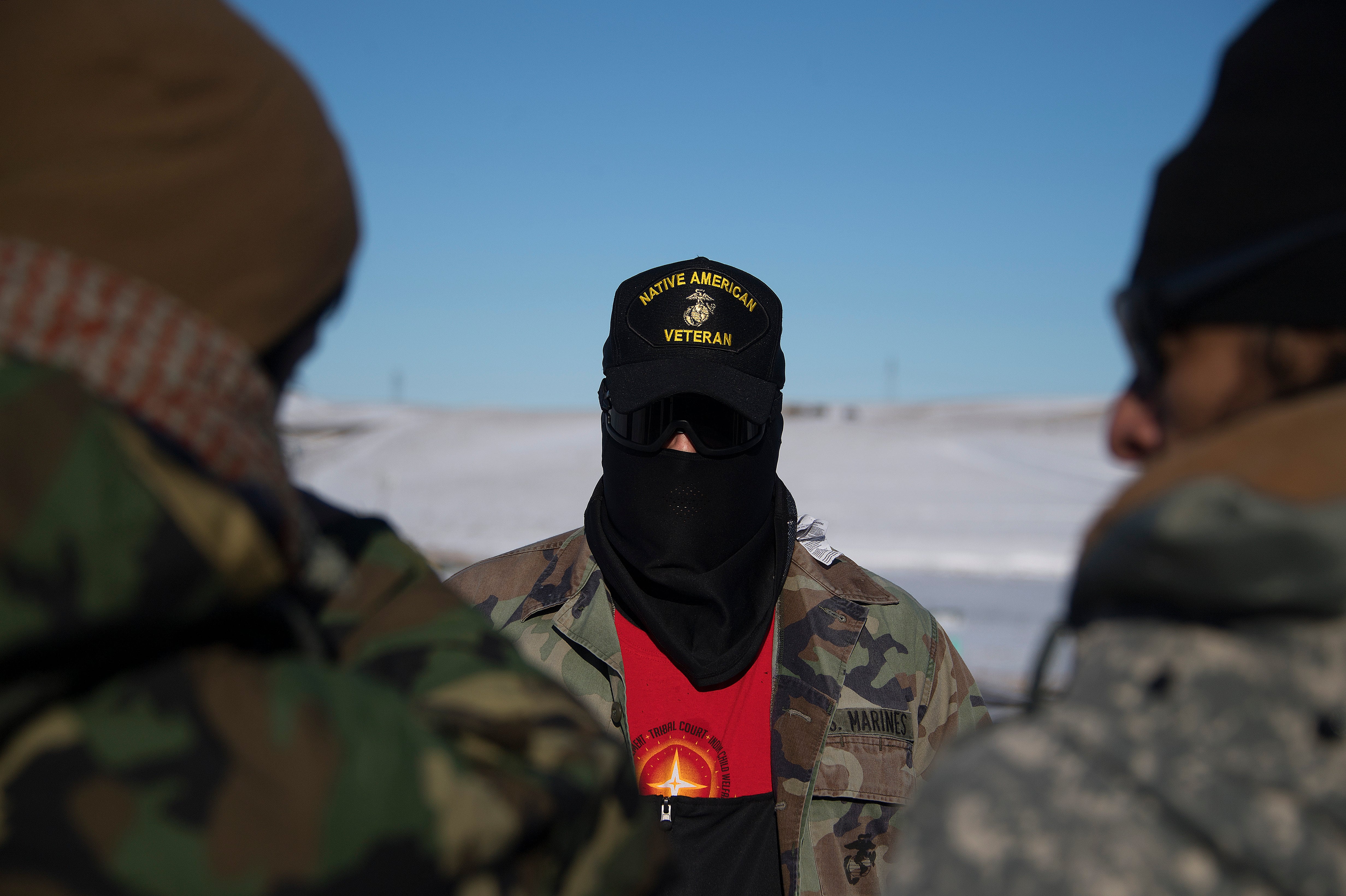Editor’s note: This report contains discussion of suicide. Troops, veterans and family members experiencing suicidal thoughts can call the 24-hour Suicide and Crisis Lifeline at 988 or text 838255 or visit VeteransCrisisLine.net.
“I felt like a failure. There’s no point in living anymore. I’m just going to end it,” Cyrus Norcross, 35, contemplated after he left military service.
Norcross, a member of the Navajo Nation who served as an Army Ranger and separated in 2013, credited mentors from a peer support group he connected with in 2019 for helping him resolve personal obstacles and recognize self-worth.
“Peer support is very, very important,” he said. “You have to be able to connect with somebody.”
But many other veterans in the Indigenous community struggling with thoughts of suicide have not readily received needed help.
The devastating prevalence of suicide among American Indian and Alaska Native veterans has not decelerated. In fact, the latest data from the Department of Veterans Affairs shows a historic rise. Now, Televeda, a group with a recently launched program to address that startling reality is hoping their work can offer an upstream approach to tackle the multilayered challenge.
RELATED
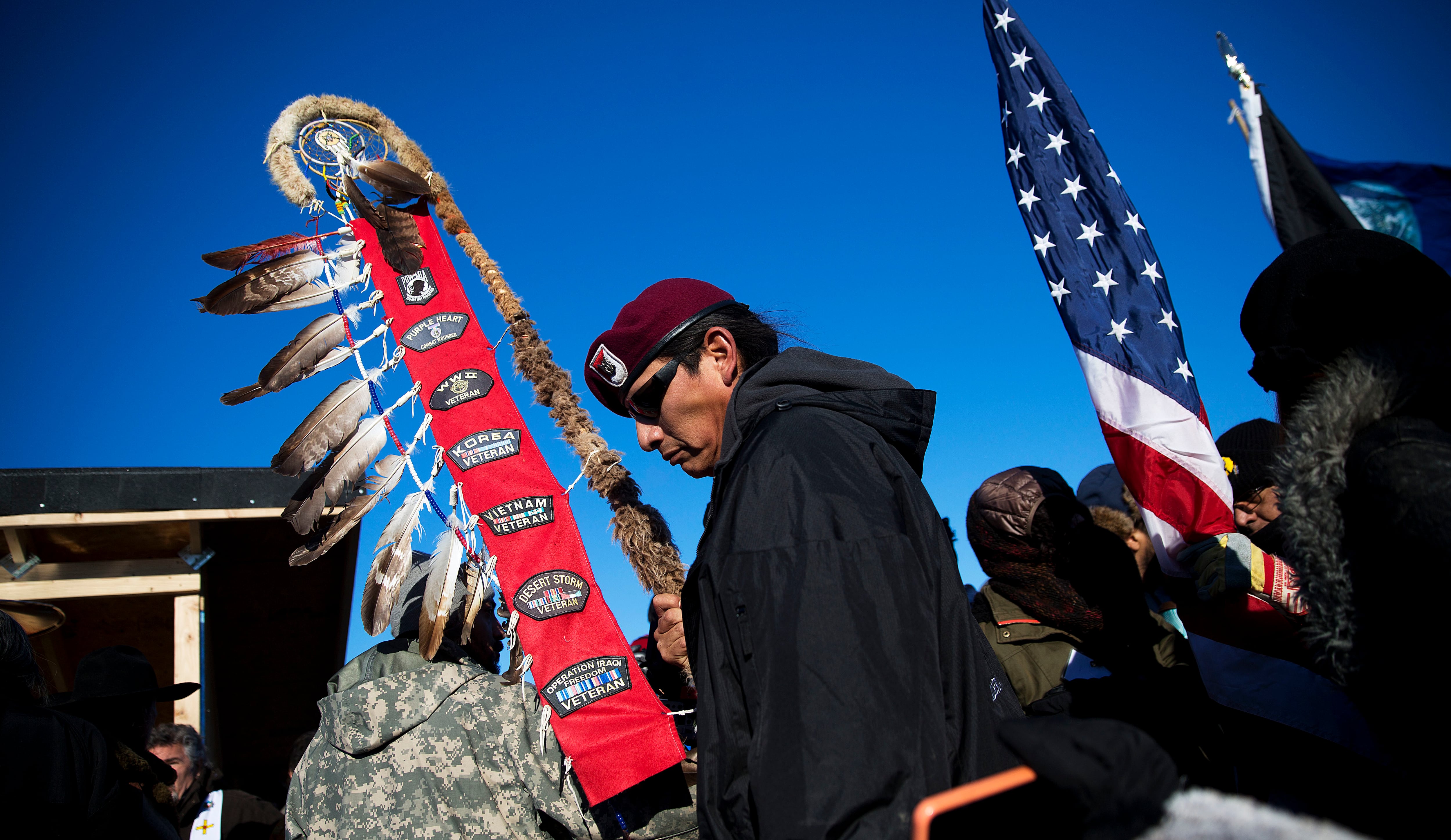
This Memorial Day, Televeda launched the first phase of an in-person and online initiative called “Hero’s Story” through a community event with the Navajo Nation.
“We’re hoping these efforts can really help with social connectedness and community building and thereby help lower suicide,” Televeda co-founder Mayank Mishra said.
Mishra described the project as a “reimagining of peer support in a culturally competent manner,” leveraging the practice of talking circles so Native veterans can candidly discuss issues plaguing their community, from social isolation to post-traumatic stress.
The company also kickstarted a specially designed virtual meeting option for Native veterans to connect, an opportunity that may come with its own challenges, as it looks for ways to stem the trend.
The latest unadjusted suicide rate for American Indian and Alaska Native veterans is 46.3 per 100,000, according to the VA’s most recent national suicide report, which was released last fall and based on data from 2021.
It’s the highest rate among racial and ethnic groups of veterans, both for that year and for all other years dating back to at least 2001. While the actual number of deaths is lower in comparison to totals from other demographic groups, given the smaller overall population of Indigenous veterans, it marks a jump from a rate of 29.8 per 100,000 just one year prior for the demographic — one that serves in the military at a higher rate per capita than any other ethnic group.
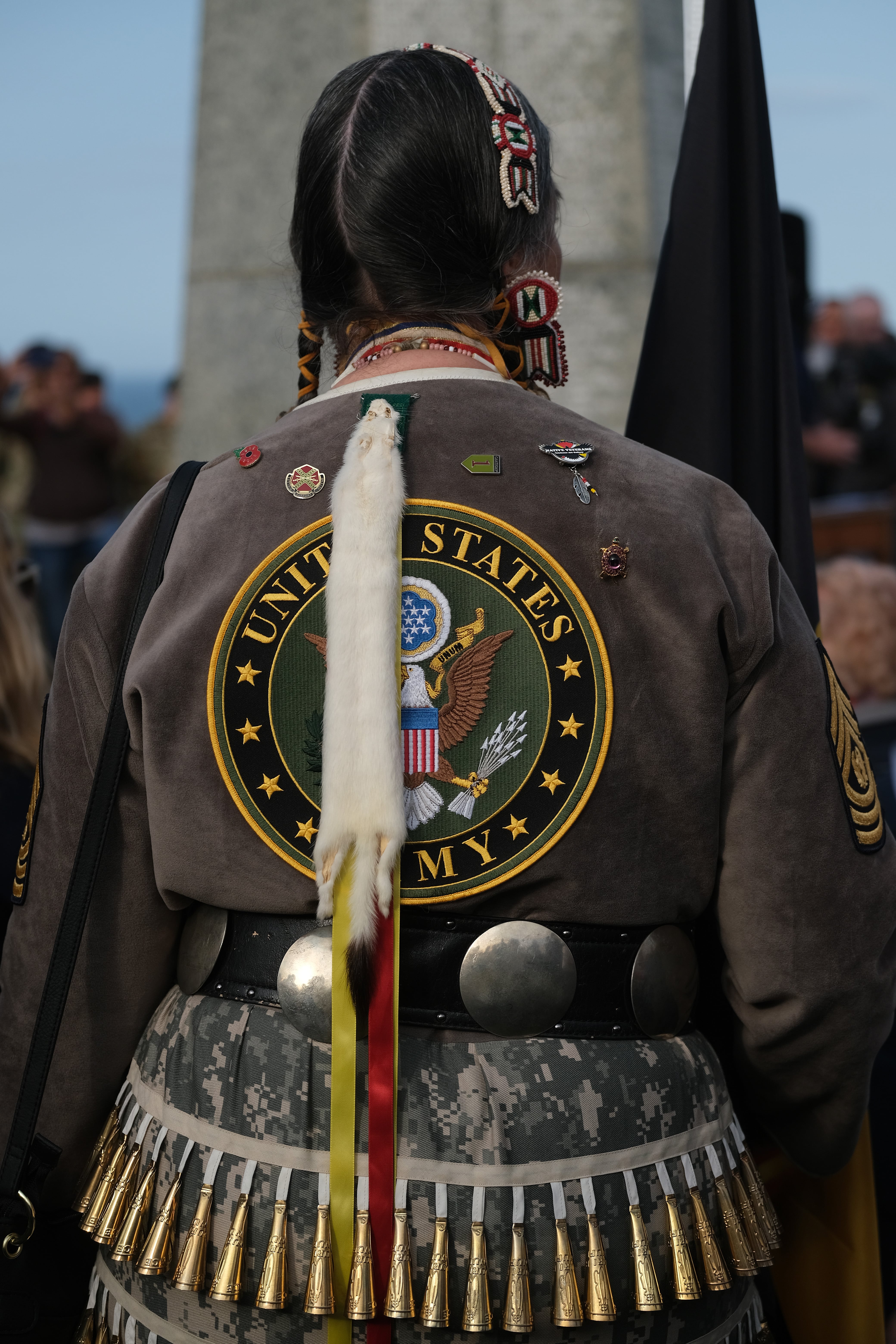
“We’re really looking at all of these things that coalesce to create a less than ideal environment for them to reach out and say, ‘Hey I’m having a hard time,’ or ‘I feel isolated,’ or ‘I’m not relating to my family as well as I could at this moment,’” said Jordanna Saunders, a member of Navajo Nation who founded a trauma recovery services group and has collaborated with Mishra to combat the “endemic” issue.
How ‘Hero’s Story’ aims to reach Indigenous vets
Televeda’s project opened over Memorial Day weekend with a community building event for veterans on the Navajo Nation, located within the southwestern United States.
As one of the largest and most populous reservations, Navajo Nation was considered by Televeda to be a sensible starting place for the first phase of its initiative. Once selected, the company began working on building trust with local leaders to ensure sustainability.
Founded in 2018, Televeda’s success with the VA’s Mission Daybreak competition catapulted the for-profit social venture toward developing its in-person and virtual peer-support sessions, which will be available via its website.
With guidance from a facilitator, veterans will partake in roundtable discussions, a group model of healing that comes in contrast to the traditional Euro-centric doctor-patient approach. This approach, according to those connected to the project, aligns more closely to the interests of Native Americans as they more evenly allocate the distribution of knowledge.
“Some of them have never opened up about their experience, but now being able to unpack all of that in their emotional rucksack is a blessing,” said Bobbie Ann Baldwin, a Marine Corps veteran and member of the Navajo Nation who serves as the executive director of her tribe’s veterans administration.
There are upwards of 30,000 Navajo military veterans, noted Baldwin, about 15,000 to 20,000 of whom reside on the reservation and about 2,800 of whom are women veterans.
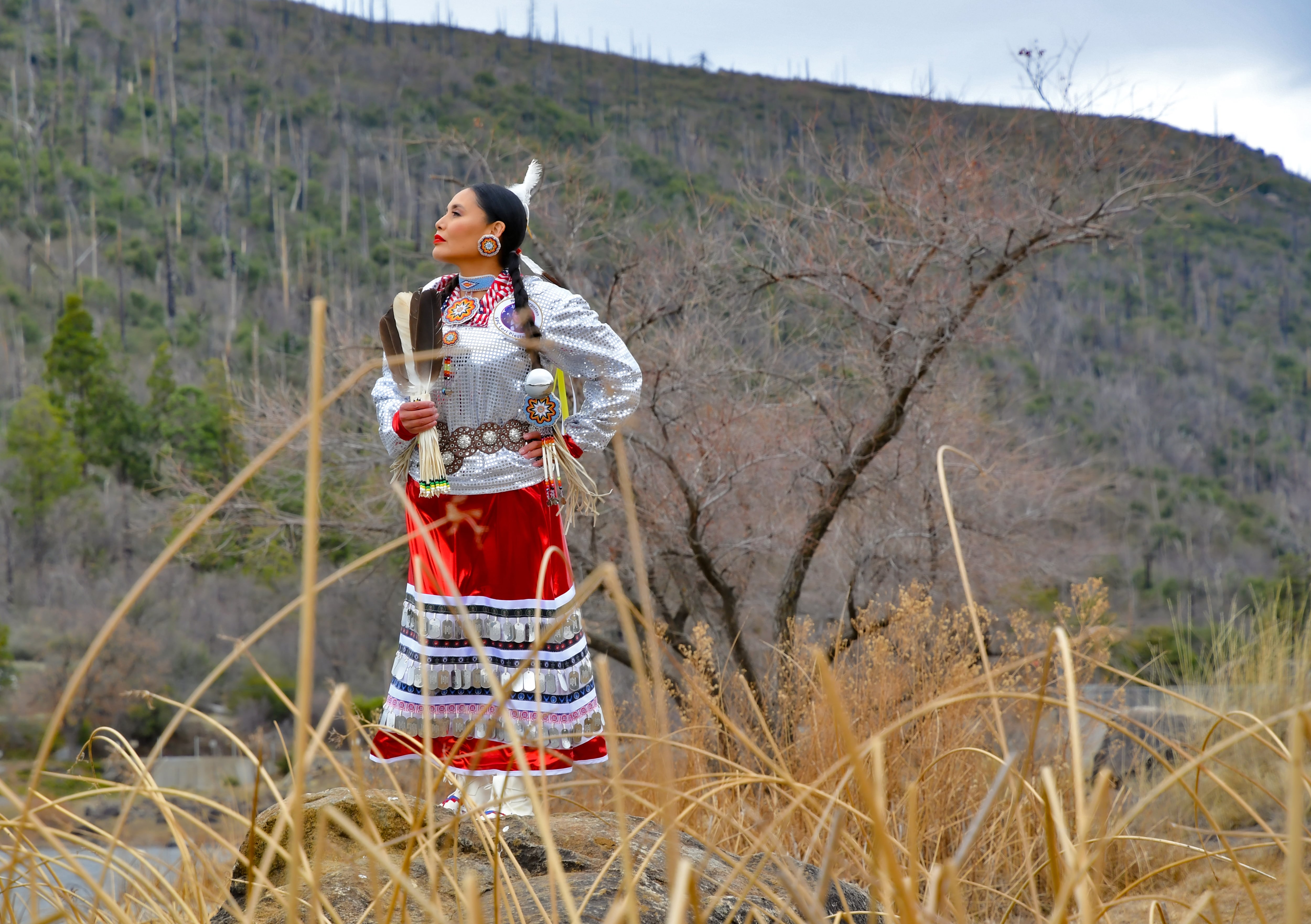
Baldwin described the current state of mental health care resources for Navajo veterans as few and far between, with minimal access to qualified specialists on and off the reservation.
Between 2016 and 2021, an average of about 60 people per year called regional Navajo government offices to say they were contemplating suicide, Baldwin added.
While traditional healing, prayers and other methodologies like the practice of using sweat lodges are put into practice, Baldwin explained how, as a supplement, she sees value in also prioritizing approaches from Western medicine.
For the Memorial Day weekend event, Mishra wanted his team to have a booth available with tablets to access the modern, online product, with hopes such resources will provide a new avenue to reach veterans in a way that continues to honor their culture while creating a safe space for conversation.
Those online, audio-default meetings — given the low-tech environment of many reservations — resemble Zoom or Microsoft Teams calls, Mishra noted. But from the circular layout of participants on the screen to an ability for users to list their Indigenous affiliations in their basic biographical information, the interface was designed with culturally-informed microdetails meant to build trust, he said.
There is not a clinical component to the conversations or medical advice provided, though the platform lists a handful of resources users can take advantage of outside the group dialogue if desired.
Baldwin shared that she took part in one of Televeda’s virtual talking circles, specifically for women veterans, and described the option as “outstanding” for younger veterans, while acknowledging the hurdles that older individuals — or those with limited internet access — may face.
Mishra recognized that point, noting that he and his team have been working with various state agencies to attempt to expand broadband availability to the tribe.
“You’re looking at reaching these various generations, and this whole population, that has not had access to this support before,” Saunders said, noting that there has to be Indigenous involvement in the solutions in order to make the technology viable and sustainable.
Much is still being designed and tested with the product, Mishra said, adding that the group is still figuring out the next steps to organically scale the program to other tribes.
Leading causes of suicide among Indigenous veterans
Saunders grew up close to her uncle, Al Montes, a former Army paratrooper, on the Navajo Nation reservation and still remembers how he struggled adjusting to civilian life after he left service.
“We knew that he suffered with depression. We knew that he struggled with identity development after getting out of the military. And it was really hard ... to see him struggle after all the things that he did for our community,” she said.
When Montes died by suicide, it was a gut punch to Saunders, who considered her older relative her “champion.”
A sea of overlapping factors have long pummeled Indigenous veterans returning from service with waves of challenges, leaving them to grapple with their various identities after being entrenched in different value systems.
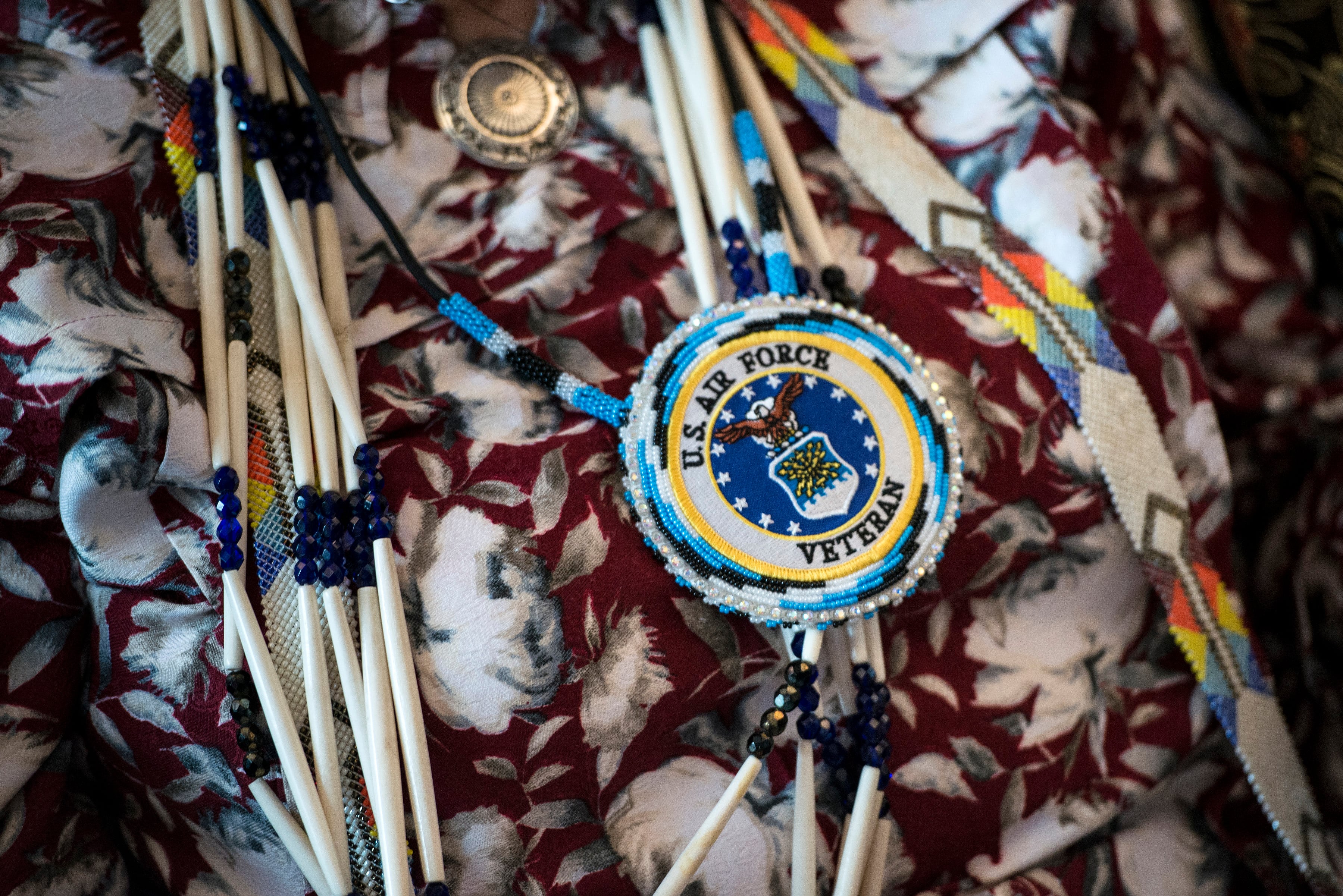
Limited cell service and broadband internet, scarce housing, high unemployment, minimal grocery options, travel barriers as well as generational and historical traumas, including from the boarding school era, each play a role, Baldwin said, likening a return to reservation life to “learning how to swim again.”
A lack of qualified practitioners as well as a lack of awareness on where and how to find those which do exist adds another level of difficulty, Saunders said.
Of the studies conducted on suicide among veterans who identify as American Indians and Alaska Natives, one published in 2021 emphasized that Indigenous veterans may be at elevated risk for suicide, but little is known about the issue among the population.
After an analysis of Indigenous veterans who received health care services provided or paid for by the Veterans Health Administration between 2002 and 2014, researchers from that study concluded that suicide is not only an increasing problem among American Indian and Alaska Native veterans, but that those who were younger were at particularly high risk.
The study’s researchers added that the risk for suicide was especially highest during the first year post-discharge from military service and that the most frequently used lethal means of suicide was a firearm, which was used in over half the cases examined.
Acknowledging limitations to their data, the authors from the study contended there is still a compelling need to review and strengthen the VA’s suicide prevention efforts directed toward Indigenous veterans.
“I don’t have a high degree of confidence in the valid counting of the population as a whole across the nation,” said Dr. Matthew Miller of the VA suicide prevention office, “especially with regard to suicide.”
Miller, however, attributes the jump in the number of known deaths by suicide for the population from 2020 to 2021, from approximately 48 to 69 deaths, to risk factors that surged amid the COVID-19 pandemic, which he said were exacerbated for vulnerable groups like the Native veteran community. That time period showed increases in depression, anxiety, the misuse of alcohol, access to firearms and isolation.
The heartbreaking truth about the pervasiveness of suicide among American Indian and Alaska Native veterans is that the disproportionate phenomenon is often mirrored in the broader Native American community.
The age-adjusted suicide rate among U.S. adults who identified as non-Hispanic American Indian or Alaska Native in 2021 was about 28.1 per 100,000, according to the Centers for Disease Control and Prevention, the highest among all other demographic groups.
How is the government tackling the issue?
“There is nothing more important to VA than preventing Veteran suicide — nothing,” Secretary of Veterans Affairs Denis McDonough said during the release of the last annual report. “One Veteran suicide will always be too many, and we at VA will use every tool to our disposal to prevent these tragedies and save veterans’ lives.”
Miller, the VA suicide prevention lead, just returned from a trip to Anchorage, Alaska, where he spoke with Native veterans about ways to increase services and outreach.
He noted that while gaps in community care do exist, including in one prevention initiative known as the Governor’s Challenge Miller said may not be as adaptable to a Native veteran population, the department has taken action to address the ongoing challenge.
The VA has awarded millions to community organizations that coordinate suicide prevention services for veterans and their families, including those serving tribal lands. It’s also looking to increase access to services for Native veterans, many of whom find themselves in rural environments with limited access to care.
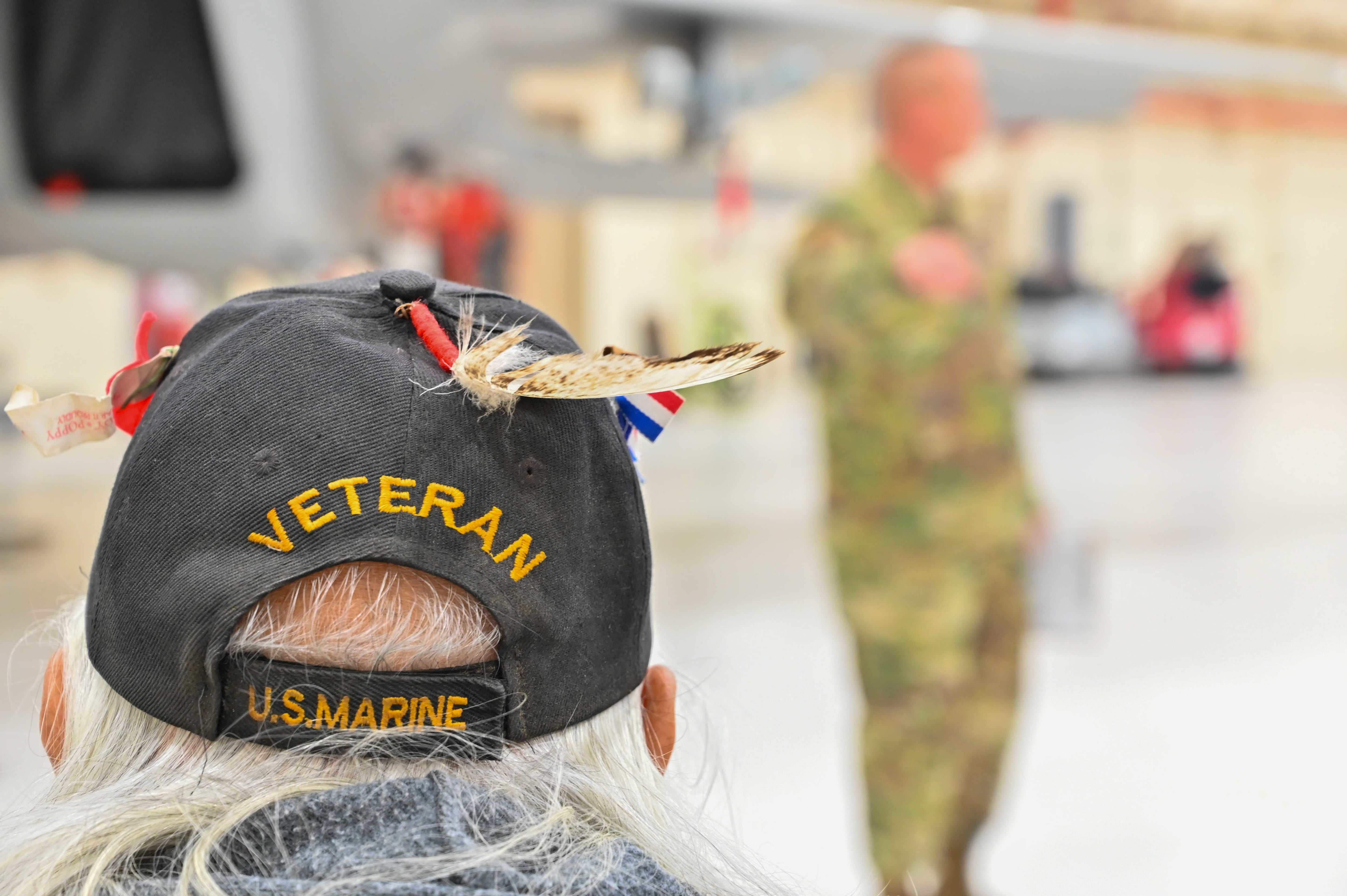
A 2021 White House national strategy on reducing military and veteran suicides included a goal to evaluate creating American Indian and Alaska Native-specific crisis call centers to meet the mental health needs of the population.
Meanwhile, the Indian Health Service, an agency within the Department of Health and Human Services responsible for providing health care to American Indians and Alaska Natives, runs various initiatives to confront the issue.
Dr. Pamela End of Horn, a suicide prevention consultant with IHS, told Military Times in a statement that the agency supports grants to tribes and Urban Indian organizations that provide substance abuse and suicide prevention resources that are culturally appropriate — an important measure because not all American Indians or Alaska Natives live on a reservation.
There are currently a few crisis text or call lines available to Indigenous populations. Members can text NATIVE to 741741 to speak to a culturally trained crisis counselor. Additionally, members of all nations can text SUPPORT to 33464 to receive crisis assistance.
American Indians and Alaska Natives in Washington state, meanwhile, are able to use the first tribal-specific crisis call center branch of the Suicide & Crisis Call Network under 988 by dialing 4 for the free, confidential resource available 24 hours a day, seven days a week.
Still, while there have been recent strides in providing care and accommodations to the Native American military and veteran community — including waiving copayments and specific religious dress approvals for those in service — much work to combat the suicide problem remains.
What can Native vets expect?
McDonough said in April that the department is working to address the disproportionally high rates of suicide among Native vets, and that with advice from the recently created VA Tribal Advisory Committee it’s crafting an enhanced model of community-based suicide prevention to better support this specific population.
In August, the VA suicide prevention team plans to host a suicide prevention gathering that will allow for important discussions that incorporate, elevate and respect Indigenous knowledge to better focus on culturally appropriate care.
“We’re going to put pen to paper,” Miller said.
A federal action plan for 2024 outlined that IHS will develop an American Indian and Alaska Native strategic plan for suicide prevention over a three-year period. That plan will then be implemented over the course of the subsequent five years.
Leaders in Congress have and are continuing to push to strengthen mental health care support for Native American veterans.
“Native veterans deserve culturally competent mental health care from VA,” Senate Veterans’ Affairs Committee Chairman Jon Tester, D-Mont., said in a statement to Military Times when asked about Televeda’s project.
“While there’s no easy solution to suicide, tailored resources like this make a big difference in being able to connect our fighting men and women in Indian Country with the life-saving mental health care and services they need.”
Jonathan is a staff writer and editor of the Early Bird Brief newsletter for Military Times. Follow him on Twitter @lehrfeld_media
